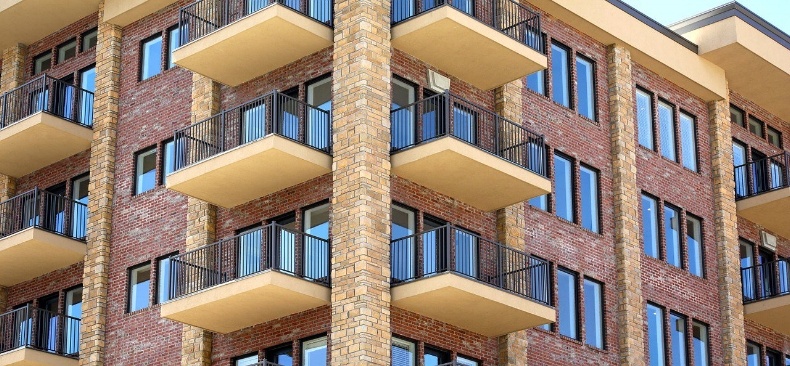
Unfortunately for home buyers your ability to get a mortgage is partly influenced by the postcode of the property. This is because banks have deemed some areas more risky than others for property finance. They may have a blanket ban on lending finance altogether or may reduce the loan to value ratio (LVR) to compensate for the higher perceived risk they have in lending for certain areas.
This means you won’t be able to borrow as much of the purchase price as in other areas, or get a mortgage of any kind from certain banks. So what are these bad postcodes from the banks’ perspective? It may not be what you think…
These postcodes typically include:
- Inner city areas or other areas with a concentration of high density dwellings
- Rural or regional areas
- Areas of high unemployment, or a risk of higher unemployment
- Areas that have had large increases in property values.
CBD and High Density Areas
In areas of high density dwellings, such as a CBD, there is an abundance of apartments and banks are concerned about the risk of oversupply. Because there is a significant supply of similar housing stock, lenders are worried about the value of individual properties when there is so much competition from similar properties.
Banks also don’t like being exposed by having too many mortgages in any one development or any one postcode. They prefer to spread the risk rather than have a high concentration of mortgages in one development. So within a certain development you may find you can’t get property finance from Bank A as they’ve already reached their cap on the finance they’ll provide, but Bank B still has capacity to lend.
Rural and Regional Areas
Banks are often concerned about the volatility in the value of rural and regional property, for example, in towns that are heavily influenced by the mining industry. In assessing their lending, they’ll review the historical track record in any location and if they see any long term volatility they’ll put the brakes on lending property finance.
High Unemployment Areas
Banks consider areas with a high unemployment rate a no-go because property prices are weaker and a larger number of people are likely to default on their loan payments. The uncertainty around job security makes resale to the local market more risky.
Areas With Large Increases in Property Value
Areas that have experienced a period of high growth in prices may be considered risky by banks if they perceive the growth to be unsustainable. The concern here is that values will eventually fall and properties could be worth less than the mortgages owed on them. Banks don’t want to be left holding a lemon if an owner can’t make payments.
Property Types Banks Find Risky
Small apartments
There’s a smaller market for apartments less than 50 sqm and banks don’t like to lend for them as they consider the resale more risky.
Short term accommodation
There’s often a restriction on the use of these properties, e.g. no one can stay for more than 90 days at a time, meaning it can’t be rented to a permanent tenant. This short term status makes resale more difficult and they can be less attractive to investors (due to the management of short term stays, and keeping the property occupied). Therefore banks see them as a risky prospect for property finance.
Special purpose commercial property
Single function buildings, such as service stations where there is no, or limited potential, to use the building for another purpose are considered risky by banks. The bank is exposed to greater volatility in the market for these single function buildings.
Final Thoughts
It may not be the bank’s decision alone to refuse a mortgage application. Often the bank’s appetite to lend is affected by the mortgage insurer, which protects the bank’s investment when lending is above 80% of property value. So if you’re seeking to borrow above 80% LVR the bank can be refused mortgage insurance and therefore it is not able to lend.
Speak to your finance broker first to see if there is anything you need to be aware of in terms of postcode restrictions and the type of property you’re after – before you start looking. And make sure you get your property finance pre-approved especially if you are looking in a no-go postcode area.
If you do discover your dream home is in a no-go area or apartment building for a certain bank, your finance broker can help you see if there is another bank that is prepared to lend in that area or building. Also be prepared that you may have to provide a larger deposit to allow for the bank’s assessment of LVR in certain areas.